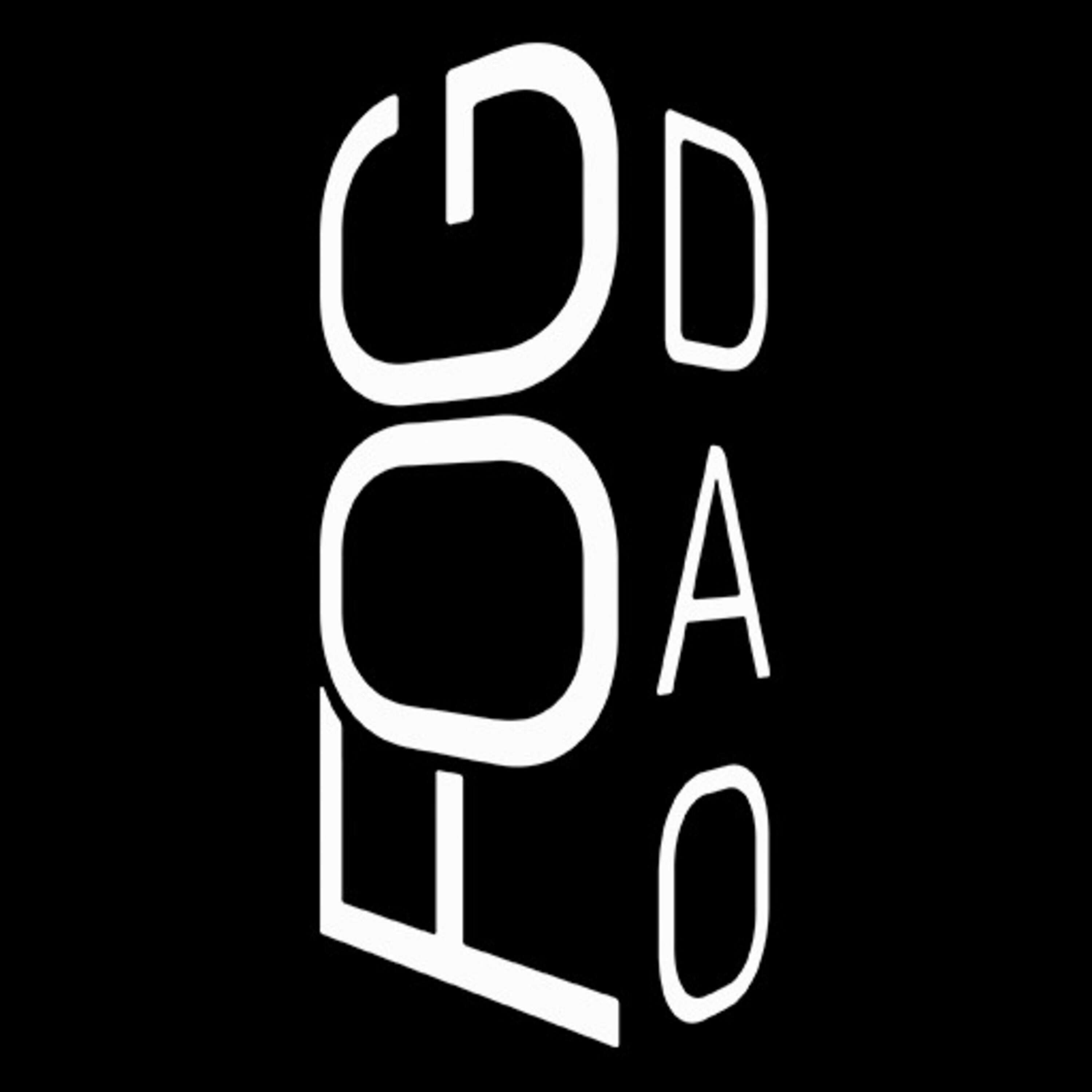The State of Web3 Game Developer Tooling - FOGcast #52
Original Article Here: https://www.bitkraft.vc/the-state-of-web3-game-developer-tooling/
In this episode, Nico Vereecke is joined by Jamie Wallace, Ben Naylor, and Justin Swart from the BITKRAFT crypto team to delve into the current state of the Web3 game developer landscape. They explore a wide range of topics including the pros and cons of end-to-end solutions versus modular approaches, the various blockchains favored by game developers, player accounts, fiat on and off ramps, bot prevention, marketplace infrastructure, tokenized gaming ecosystems, and user acquisition strategies in Web3 gaming.
Key Takeaways:
The Web3 game developer landscape offers two main approaches: end-to-end solutions and modular approaches. Each approach has its own advantages and disadvantages.
Game developers have the option to choose from different blockchains such as Immutable X, Polygon, and Avalanche. The choice of blockchain depends on the specific requirements of the game.
Player accounts can be either custodial or non-custodial. Smart contract wallets provide a more user-friendly and secure experience for players.
Meta transactions, facilitated by providers like OpenGSN and ByCoin, enable users to interact with the blockchain without directly paying gas fees.
Fiat on and off ramps are essential for user onboarding and accessibility. Payment solutions like MoonPay and Stripe offer convenient options for users.
Bot prevention is a significant challenge in Web3 gaming due to the financial incentives and pseudonymity of wallets, which can attract increased bot activity.
Marketplaces play a crucial role in Web3 gaming, with embedded marketplaces within games providing a seamless and immersive experience for players.
Tokenized gaming ecosystems, such as Treasure, Immutable and Gala, aim to create a collection of games that share a common token standard, promoting interoperability and network effects.
User acquisition in Web3 gaming is still evolving, with airdrops and demographic targeting being explored as methods to attract and retain users.
Join the FOGDAO DiscordWatch the episode on YouTubeFollow the Future of Gaming: Twitter | LinkedIn

